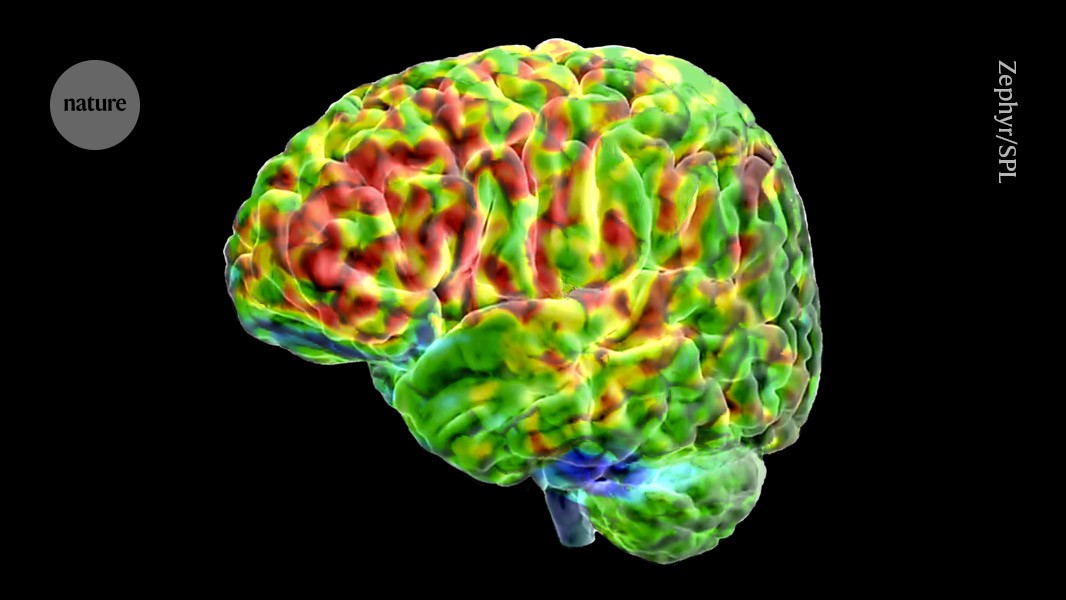
"Being able to keep apart your inner world and actual reality is quite useful for normal functioning in daily life. This is something that does go wrong in psychosis and schizophrenia."
"The interaction between imagination and vision has until now been a philosophical question, but this research has provided a method to explore this complex relationship."
Neuroscientists have identified two brain regions responsible for distinguishing imagined images from reality, revealing their fundamental role in daily functioning. A study published in Neuron explored how participants processed black and white stripes against a static background, assessing their vividness and whether they perceived them as real. The results showed that increased vividness led to false perceptions of reality. Brain imaging indicated activity in the fusiform gyrus corresponding to these perceptions. This research emphasizes understanding the connection between imagination and vision, pivotal in addressing conditions like psychosis and schizophrenia.
Read at Nature
Unable to calculate read time
Collection
[
|
...
]